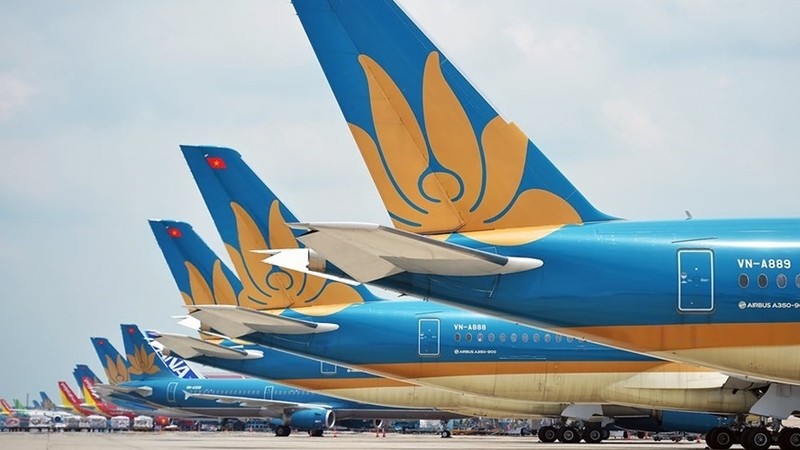The Vietnamese Government is considering reopening six international air routes from Hanoi and Ho Chi Minh City to Tokyo (Japan), Seoul (the Republic of Korea), Chinese Taipei, Guangzhou (China), Laos and Cambodia. The routes will be operated with one flight per week and passengers are required to comply with strict regulations on mandatory medical quarantineand isolation of 14 days. With such a cautious policy of resuming air routes, international airports will not be immediately bustling. As a result, travel businesses will not haveenough guests so they cannot call all employees back to work; and restaurants and hotels will not immediately improve their revenues. However, the resumption of international air routes is essential for the entry of thousands of foreign experts to maintain and expand production at projects related to foreign capital and equipment. In addition, the reopening will help foreign enterprises continue to seek investment opportunities in Vietnam which were interrupted due to broken aviation demand.
The reopening of trade with several countries that have controlled the epidemic well and who are important partners of Vietnam was proposed and discussed by the National Assembly in late June. However, the second Covid-19 outbreak happened in Da Nang, while the reopening had not been finalised. Currently, some economies in the EU and the Asian region have reopened in bilateral relations, on the basis of considering the possibility of controlling the epidemic and the long-term harm of border closures to fight against the pandemic.
As an export-oriented country with extensive international economic integration, Vietnam must take into account the possibility of gradually reopening the economy at this time,especially when the country has become a model for Covid-19 control. The economy’s reopening, firstly the international air routes and the restoration of entry and exit activities, will create favourable conditions for enterprises and investors to boost cooperation in production and business activities, promoting visits to relatives and tourism. The resumptioin will be seen as a guarantee for Vietnam's export goods to be circulated more smoothly in terms of procedures in import markets.
During the outbreak of Covid-19, economic and trade relations between Vietnam and important partners have not been maintained through many different channels. However, this method has not been enough for economic recovery and development. In the context that it is impossible to determine when the Covid-19 epidemic is fully repelled, the formation of a new normal state in all socio-economic aspects, including the implementation of the roadmap to open the economy, will be the lifesaver for all nations. The Vietnamese Government is carefully calculating the country’s reopening so there will be no risks regarding epidemic prevention and control in the country.
















